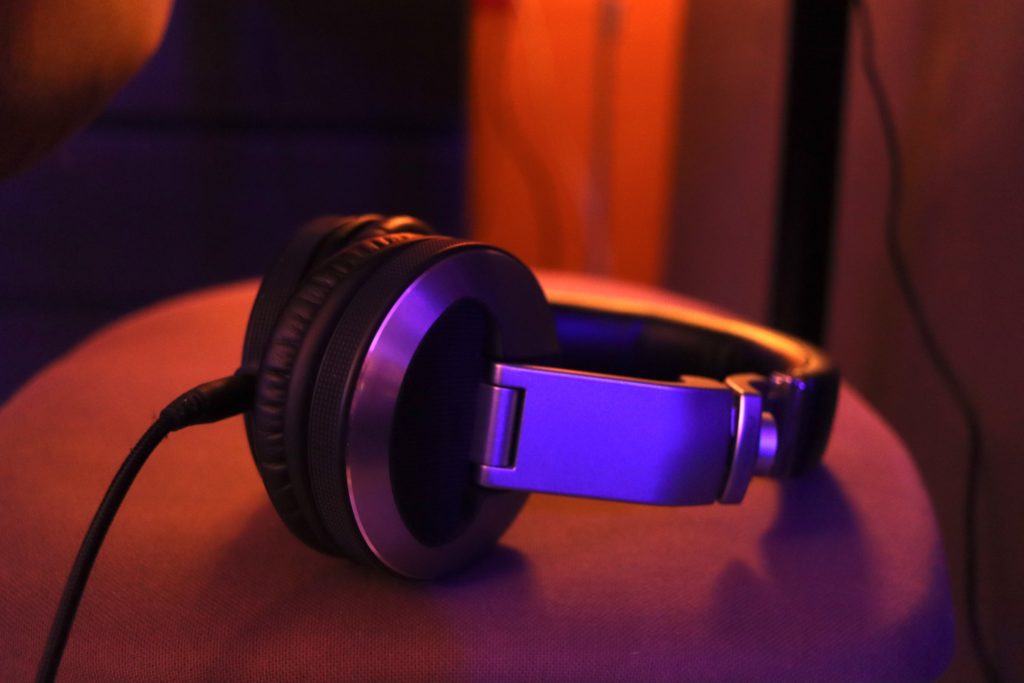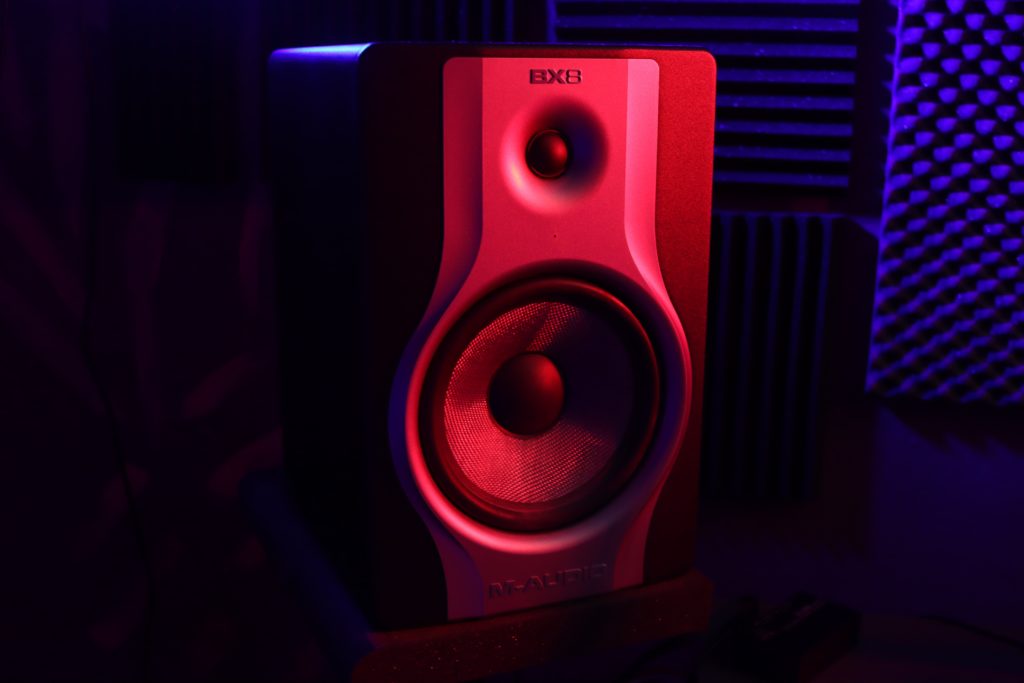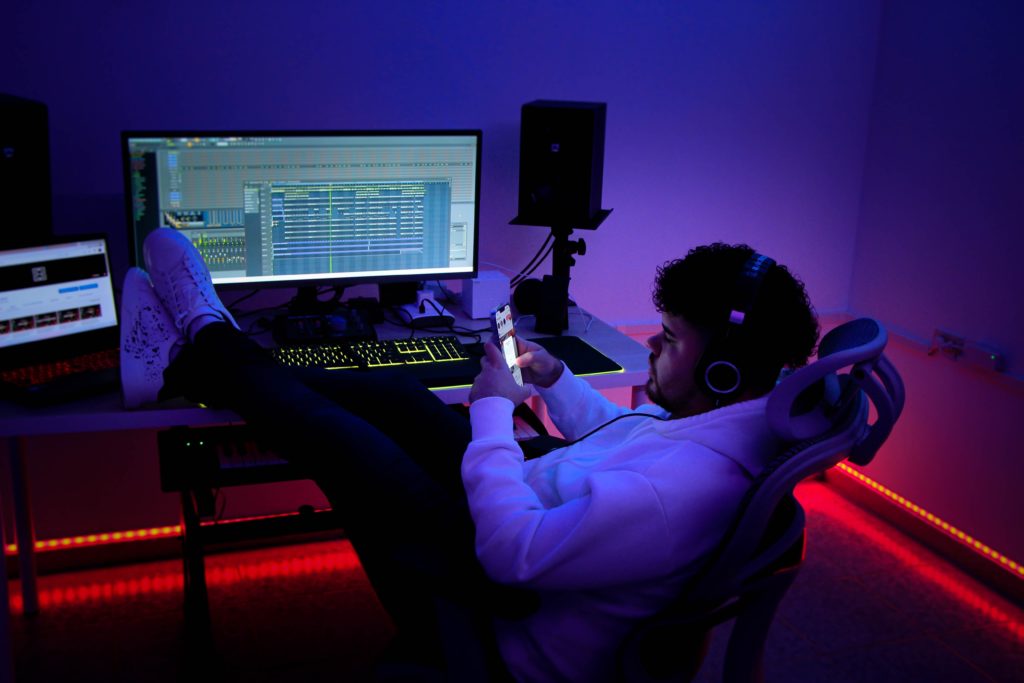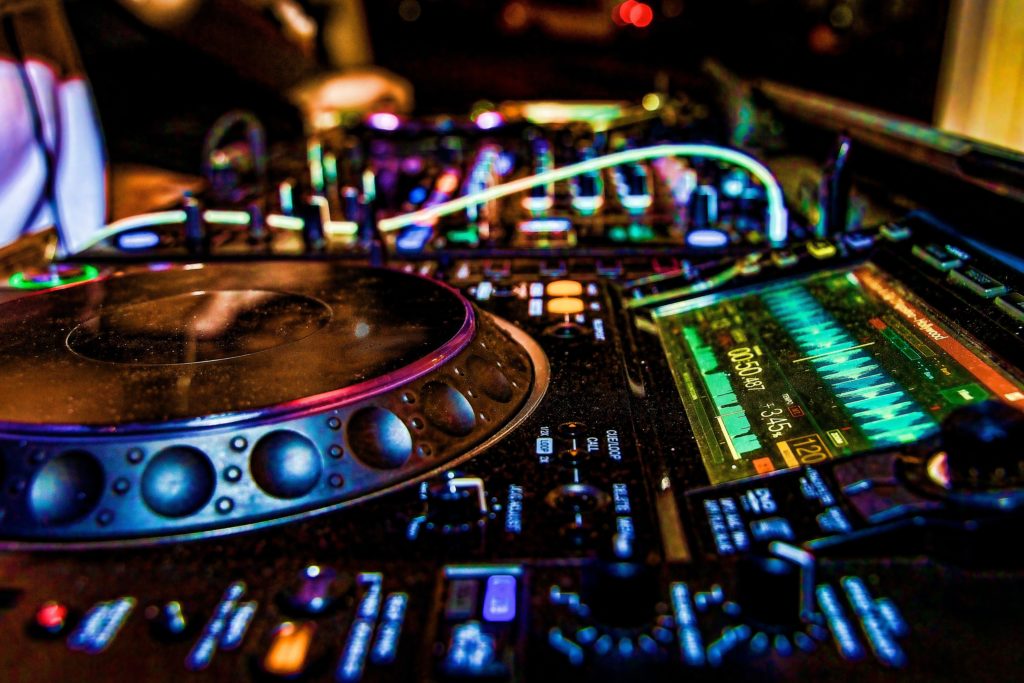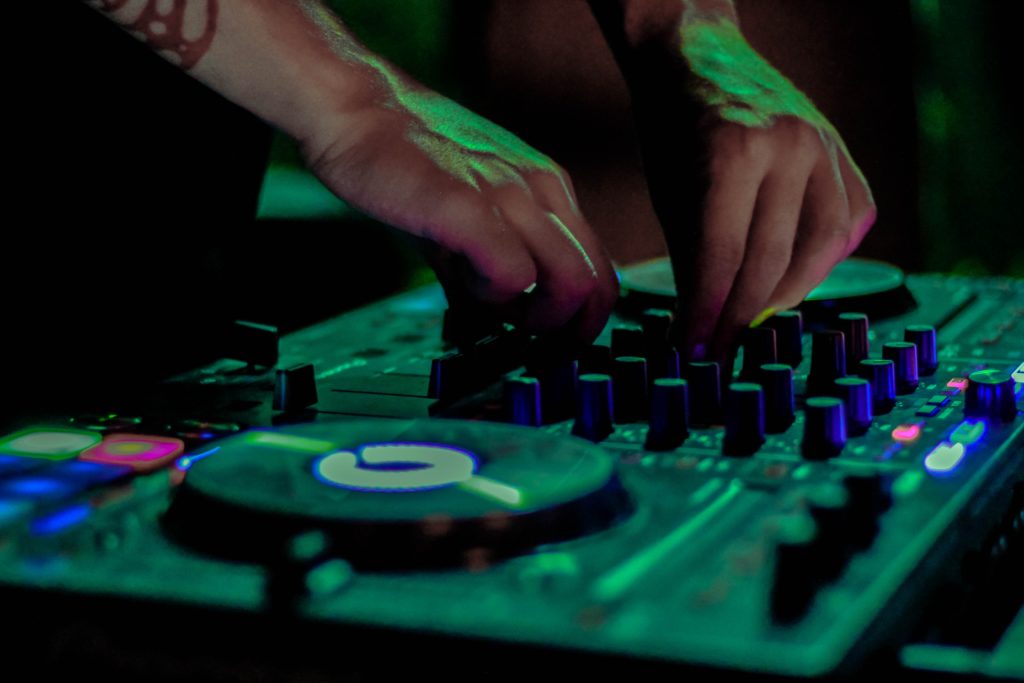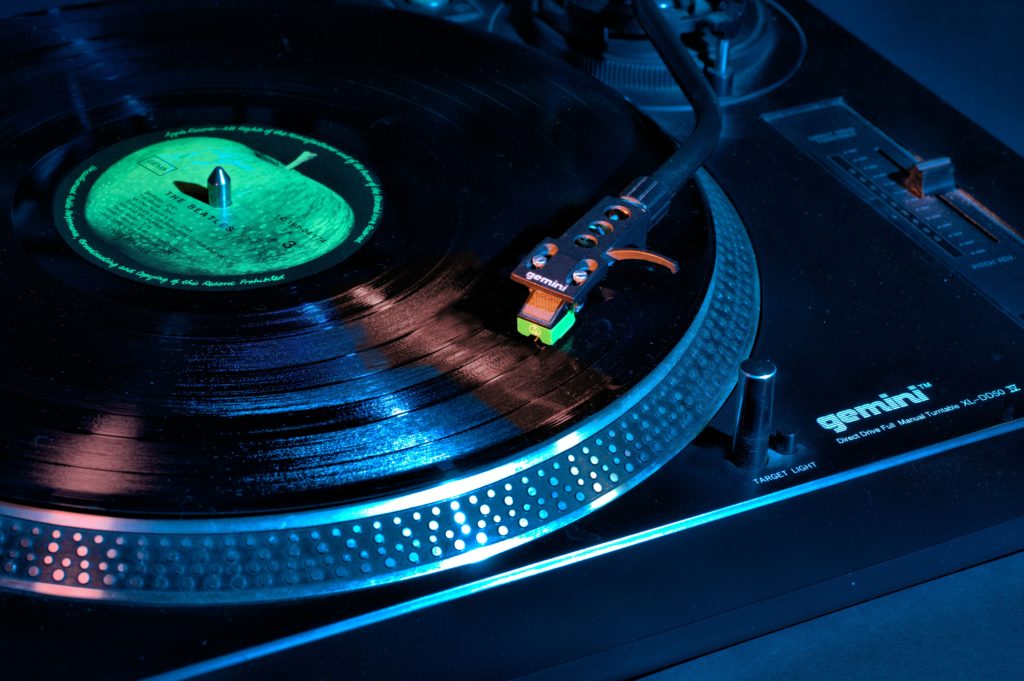Your ability to perform freely and musically is highly dependent on how well you remember your practice sessions. Memory is one of the most important aspects of musical proficiency, and it is important to remember whether your objective is to memorize a whole piece from beginning to end or merely to improve your playing technique with more musicality. In this blog article, we are going to discuss three essential techniques that will assist you in establishing a strong memory for music.
1. Getting to Know the Four Memory Forms
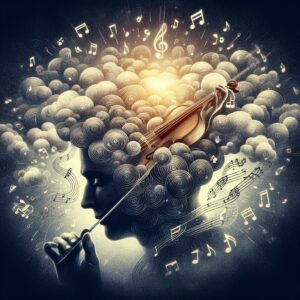 It is essential that you have a solid understanding of the four different forms of memory that are involved in the relationship between your brain and music before you even consider the possibility of actively attempting to learn music.
It is essential that you have a solid understanding of the four different forms of memory that are involved in the relationship between your brain and music before you even consider the possibility of actively attempting to learn music.
- Memory stored in muscle tissue is the sort of memory that develops the quickest but is the least solid. Despite the fact that it is of great significance, it is not the most accurate kind of memory. If you’ve ever made a mistake when practicing an instrument and had to start the piece again because it threw you off your line of thinking, then you know that muscle memory was involved.
- The ability to recall the sound of the music is known as aural memory. Aural memory is shown when a person is able to hum or sing a piece of music while they are not playing their instrument.
- The capacity to recall not only the look of the music on the sheet but also the hand placements on the keys (or on your instrument) is referred to as visual memory.
- The ultimate aim of memory is cognitive memory, which is when you are able to write down the full piece from memory, including notes, rhythms, dynamics, and other elements.
It is important to keep in mind that these exercises may be tough, but the fact that they are difficult is evidence that your brain is actively working to build its memory.
2. Making Puzzles That Improve Memory
 Your ability to remember things will improve in proportion to the number of puzzles (exercises) that you give your brain to do each day. When it comes to activities that might help you improve your memory, there are an infinite number of puzzles available to you. These are some examples:
Your ability to remember things will improve in proportion to the number of puzzles (exercises) that you give your brain to do each day. When it comes to activities that might help you improve your memory, there are an infinite number of puzzles available to you. These are some examples:
- The post-it method and rhythmic practice are two examples of innovative strategies that may be used to practice effectively in order to improve muscle memory. These techniques speed up the process of developing muscle memory.
- Perform your piece while singing it, even if you are not a skilled singer, in order to develop your aural memory. The melody may be internalized, and musical aspects can be anticipated with the assistance of this approach. If you find it difficult to sing along with your instrument, try singing the piece while standing or walking.
- To improve your visual memory, remove the sheet music from your instrument and listen to a recording of your piece as you go through the motions. As you learn to monitor notes and rhythms without using the keyboard, this practice assists in strengthening your visual memory. While doing this, you will also be able to improve your ability to remember sounds!
- In order to improve your cognitive memory, you should examine the composition and look for patterns like intervals, chords, scale passages, and recurring topics. If you want to emphasize certain patterns, mark them on your sheet music. There is also the option of learning one hand at a time instead of mixing them all at once. You are able to do a formal harmonic and structural analysis of the composition as long as you have a strong understanding of music theory.
It is important to keep in mind that these exercises might be tough, but the fact that they are difficult is evidence that your brain is actively working to build its memory.
3. Growing Level of Difficulty
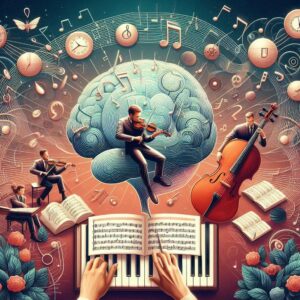 When you are making progress, it is essential to continue to challenge your memory in order to avoid becoming stagnant. It is not uncommon for facts to be recalled out of sequence since memory is not always linear. You may practice in a variety of different ways to guarantee that your memory is always being developed. There are hundreds of different techniques. These recommendations are an excellent place to begin:
When you are making progress, it is essential to continue to challenge your memory in order to avoid becoming stagnant. It is not uncommon for facts to be recalled out of sequence since memory is not always linear. You may practice in a variety of different ways to guarantee that your memory is always being developed. There are hundreds of different techniques. These recommendations are an excellent place to begin:
- Try not to constantly start at the beginning of your composition, but instead to play around with varied starting places. This helps to strengthen your memory. One of the most effective methods for doing this is to go through the whole piece and mark your sentences in numerical order. After that, you should practice jumping between the beginnings of the words that you have memorized. Carry out this process in a reversed, asymmetrical, and arbitrary manner. Ensure that you begin the phrase with the appropriate pace, fingering, notes, and musical emotion as you begin it.
- You may strengthen your memory in a different manner by practicing passages of your music backward, which is a method. It is possible to do this with individual measures that are challenging, with full phrases that are producing difficulties, or even with entire sections of music. It will be challenging, but you need to make sure that you are using the appropriate rhythm, fingering, and notes while you are playing backwards.
- Can the piece be notated on manuscript paper with the appropriate notes, fingering, dynamics, rhythm, and musicality symbols? This is an excellent end objective with regard to memory, and as you go through the process of attempting to notate the piece, it will become obvious where the holes in memory are. There is the potential to develop practice activities based on the gaps that are discovered. If, for instance, you are able to notate a full page with the exception of a few of the rhythms that are included inside a transition section, then you are aware that you need to return to the transition area and concentrate on improving your rhythmic memory.
This is a path that takes time and attention in order to master musical memory. It is possible to remember any piece of music if you have a solid grasp of the four different kinds of memories, if you create puzzles that are designed to improve memory, and if you gradually increase the complexity of the exercises you do to improve your memory.


